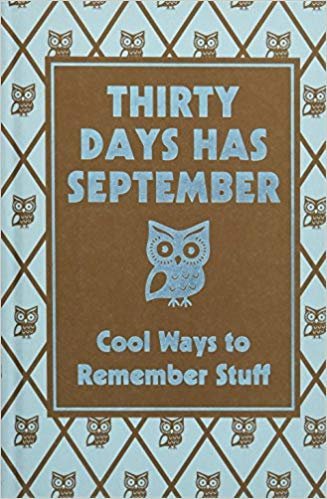Seven Human Performance Mindsets For Doing Projects at Home
One of my favorite subjects to chat with people about is Do-It-Yourself projects. I'm constantly impressed and inspired by what friends post online and videos or blogs I come across that people put lots of time and attention into. One of the things that intrigues me the most is the vast array of projects, from working on (or even building) a car, to a myriad of woodworking or landscaping projects. Last year where I lived in Connecticut in just a couple of packed weeks I installed a dri-core with laminate floor in the basement, built custom shelving in the kitchen, built my first pallet wall, built a kitty condo and even fixed some things in my car. Like many of you, I have scheduling moments where I can do projects and this post is about how to approach the work at home.
I thought it would be fun and hopefully even beneficial to see what working with a Human Performance mindset may look like, and see if it's any different than a "regular" project. So, here we go:
1. Proverbs and Tools
"Measure twice, cut once." Not sure who first came up with this simple, but very important lesson - the more you build, the more you realize the brilliance in this statement. This is not to be used inappropriately, though - measuring 4 times before cutting may really only be warranted if the numbers were somehow different the first three times. It is more cost effective and expedient to check it twice before committing, and stopping and regrouping if the two numbers are different.
"Check yourself before you wreck yourself" - Use Self-Checking!
Or the more old fashioned version:
"Righty-Tighty-Lefty-Loosey" - This almost always works well unless you are working with any flammable gases that typically have reverse threads to make you remember you're on a dangerous system (and you may want use anti-sparking tools).

"I cut it twice and it's still too short" is the cry of someone whom did not self-check.
2. Deference to Expertise
Remember that High Reliability Organizations have a deference to expertise, and there's no shame in bringing on an expert to do the work for you at home. Perhaps even talking to an expert prior to launching your project would be beneficial? The same goes for HRO work - getting experts involved before the work actually starts is never a bad idea; you need to have the budget to support it, though.
3. Special Tool Use
I have a friend who's a professional carpenter (Paul D.) and he told me many years ago, if there's a need for a certain special tool, you can guarantee someone has already made it, and another friend (Shawn G.) whom not only found a special tool design for breaking down pallets, but made his own!
This can really work against a DIY-er - for example, some car parts cannot be taken apart or reached with convenience of any kind without a special tool that dealerships keep in stock. We have to make the decision sometimes to have to give the job to a professional whom knows the work best and has the proper tools. This is hard, but knowing when to stop, or not even start is a large part of performance improvement.
4. Training and Adult Education
Any opportunity to get some classes on the project you're preparing to do would be fantastic. It is not always the case that something like this is offered, but you may be surprised how many adult education classes are offered at your local community colleges that may offer a deeper insight into your project. For example, if you wanted to make a stained glass window for your home, classes can be found. Training is a big part of what makes organizations that do difficult things succeed.
5. Hiring Practices
IF you hire the right people to help you with your project, it can go fast, on budget and on time. If you hire the wrong people to help, things can fall apart quickly. If you're doing a landscape project and you need certain equipment you don't know how to operate, or don't know how to even find, go to your local business association or chamber of commerce. They will point you in the direction of qualified and reliable help. Hiring the right people whom already bring a lot to the table is how business succeed - as they say, hire the right people, and then get out of their way.
6. You Can, You Should, YouTube

When learning a skill for the first time, it's best to enter the game by imitating others. What's the best way these days to find a video of someone doing something we'd love to get better at by imitating? YouTube has done a great job cornering the market on free video content with a seemingly limitless abundance of video selections. If you can't find what you're looking for there, perhaps try another service via the net. You found us here, this should be a breeze.
7. If You Love Mnemonics and Memorable Things

One of my favorite books for this is called "Thirty Days Has September". A worthy purchase for its math and grammar hints plus a whole lot more!
From the author: Please feel free to add some of your own thoughts and mindsets to the list! Best of luck DIY-ing and remember to bring a performance improvement mindset to your projects!



